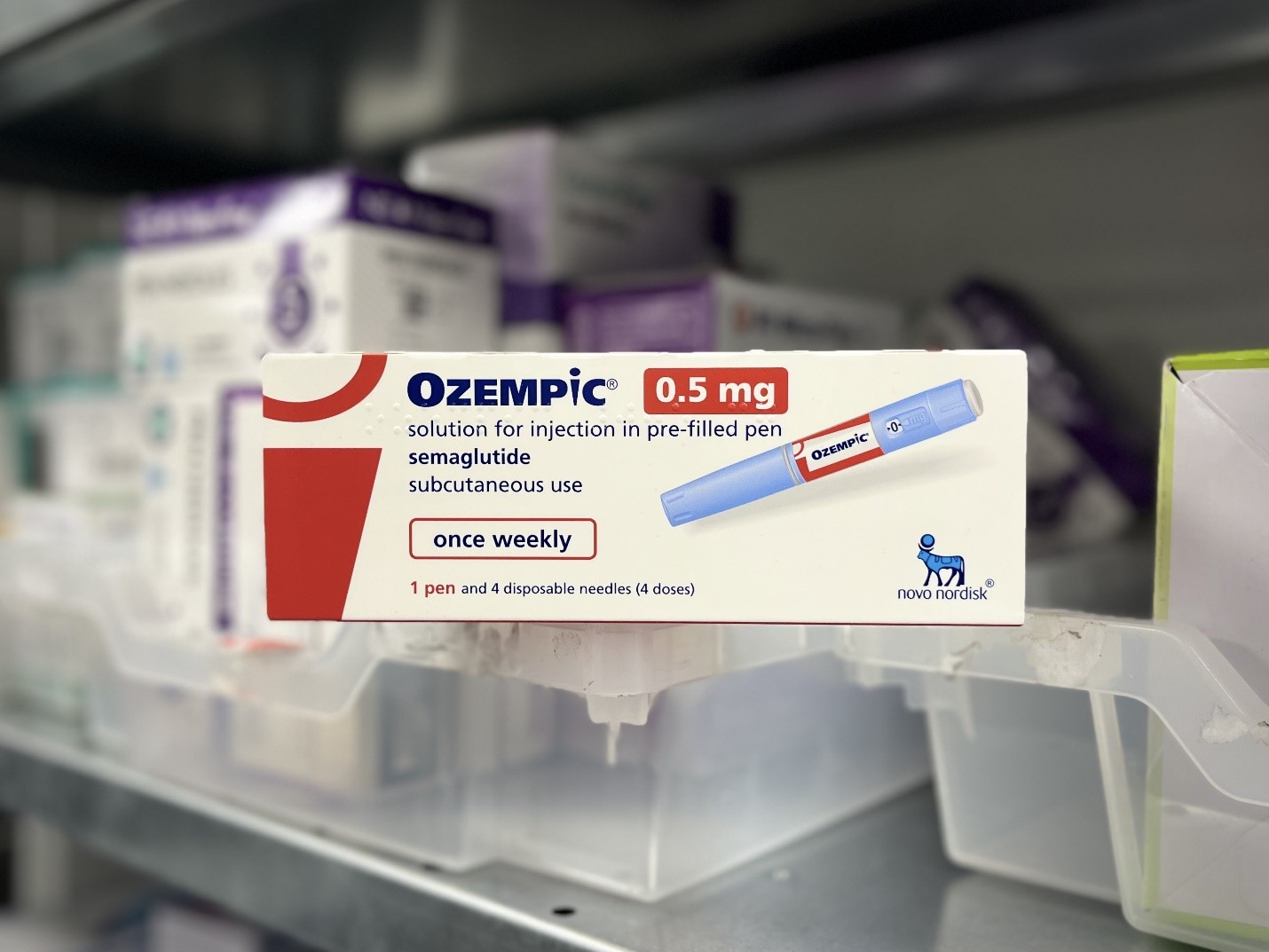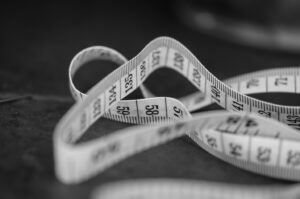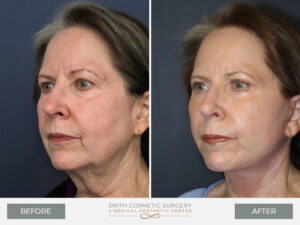
Photo Credit: www.chemist-4-u.com
What is Ozempic?
Ozempic is an injectable drug (semaglutide) normally used for diabetes treatment that has recently been touted as an effective weight loss drug. Ozempic works by slowing how fast food passes through your stomach. In this way, it makes you feel fuller for longer and suppresses your appetite. Combined with exercise and dietary changes, many people have noticed significant weight loss with Ozempic and similar drugs.
How does Ozempic work?
Ozempic belongs to a class of drugs called Glucagon-like pedtide 1 agonists (GLP-1 agonists). Other members of this drug class include Trulicity, Byetta, Victoza, Mounjaro, and Wegovy. The body sees these medications as being similar to a natural substance GLP-1 that influences glucose control through a few different ways, one of which being slowed gastric emptying.
Are there Side Effects from taking Ozempic?
The benefit of having a slower stomach emptying in reducing appetite and food intake can also cause some side effects. These can include nausea, vomiting, bloating, and abdominal pain that may improve over longer-term use. However, the slower stomach emptying effect remains throughout use of these medications. If you are undergoing surgery, this can have an effect on your anesthesia care.

Photo Credit: bradhoc (https://www.flickr.com/photos/bradhoc/)
How can Ozempic cause issues with anesthesia?
Delayed gastric emptying can put you at risk when having anesthesia. This is because when under anesthesia, there is a chance of stomach contents being regurgitated and choked on. This is the reason you are instructed not to eat or drink anything on the day of your surgery. The American Society of Anesthesiologists have released guidelines that recommend discontinuing Ozempic and other GLP-1 agonists for one day if taken daily, or for one week if taken on a weekly schedule. This way, your stomach contents have longer to move further along the GI tract, keeping you safer from the risks associated with having a full stomach.
What is “Ozempic Face” and how do you treat it?

View more facelift before and after photos.
One of the great benefits of Ozempic and similar medications is a relatively quick onset of significant weight loss. These changes can be helpful for your overall health by decreasing your body fat percentage and alleviating weight-induced issues like joint pain, etc.
With a large amount of weight loss, there can also be large changes to the tissues of your face and neck. We see people lose a large amount of fat in these areas, resulting in a hollowed appearance and skin laxity. When you hear of someone having “Ozempic Face”, this is what is being referred to. Ozempic Face has a higher chance of causing skin laxity in patients that undergo a greater degree of weight loss and those above age 50. With age, the skin loses its elasticity and the skin cannot “snap back” to the jawline. Thus, the only treatment for this excess skin drooping is to have a skin-tightening procedure. Namely, facelift and necklift surgery can provide phenomenal results for these patients. It can be quite jarring when someone is proud of their weight loss journey but is uncomfortable in their own skin when their face and neck have lost volume and they notice more severe jowls and “turkey gobbler” neck. Fortunately, Dr. Smith and Dr. Bovenzi at Smith Cosmetic Surgery are experts in these types of cases and offer patient-specific interventions to help rejuvenate your appearance while allowing you continue to achieve your weight loss goals. For the most optimal results, a facelift and necklift offer the most dramatic improvements to the droopiness you see in facial tissues after weight loss with Ozempic and similar drugs. Radiofrequency skin tightening techniques are very rarely found to be of substantial benefit in these patients despite being expensive.
In addition to rejuvenating the skin laxity, many patients also notice that their face seems more hollow as they have lost fat in their face, causing them to have an aged appearance. This loss of volume can be improved by adding more volume. The two major ways to improve volume in the face is through liposculpture (aka fat transfer) and with dermal fillers such as Juvederm or Restylane products. Liposculpture involves taking some fat from another area of the body (typically the abdomen or thighs), processing it, and injecting it into the key areas of the face that could benefit from volumization. This option has long-term results and it is best to have fat grafting done at the same time as another surgical procedure, like a facelift. Dermal fillers also can provide volume and can be done with a quick 30 minute appointment after using some topical numbing cream. Fillers are less expensive than fat transfer but the effects are shorter-lived. Typically, dermal fillers will be metabolized within 6-12 months when a touch up injection can be performed to maintain this volumization. The good news is that no matter the option you choose, you will be able to get that volume back to your face without having to gain that weight back!
If you or someone you know has encountered Ozempic face, you may be interested in setting up a free consultation with Dr. Bovenzi to learn what may be the best treatment options for you!
Please feel free to give us a call at 303-741-2211 or send an email to info@smithcosmeticsurgery.com